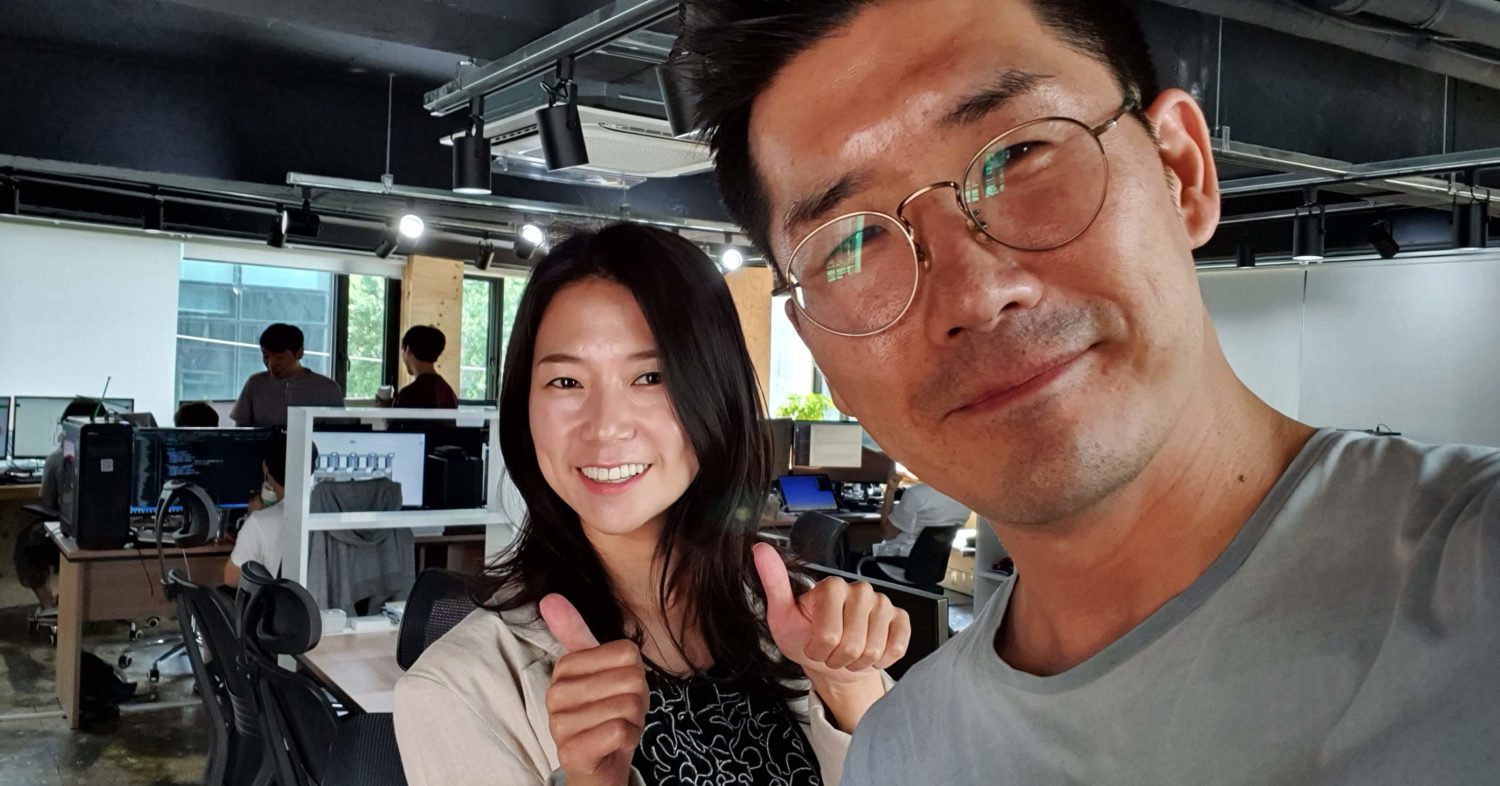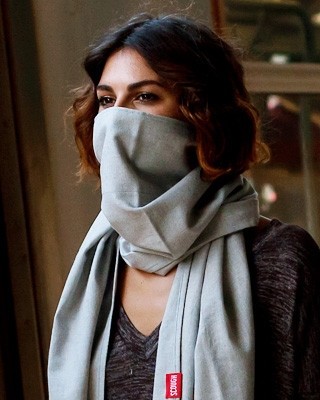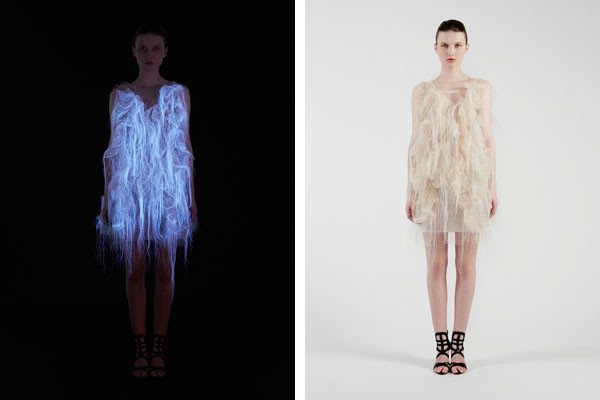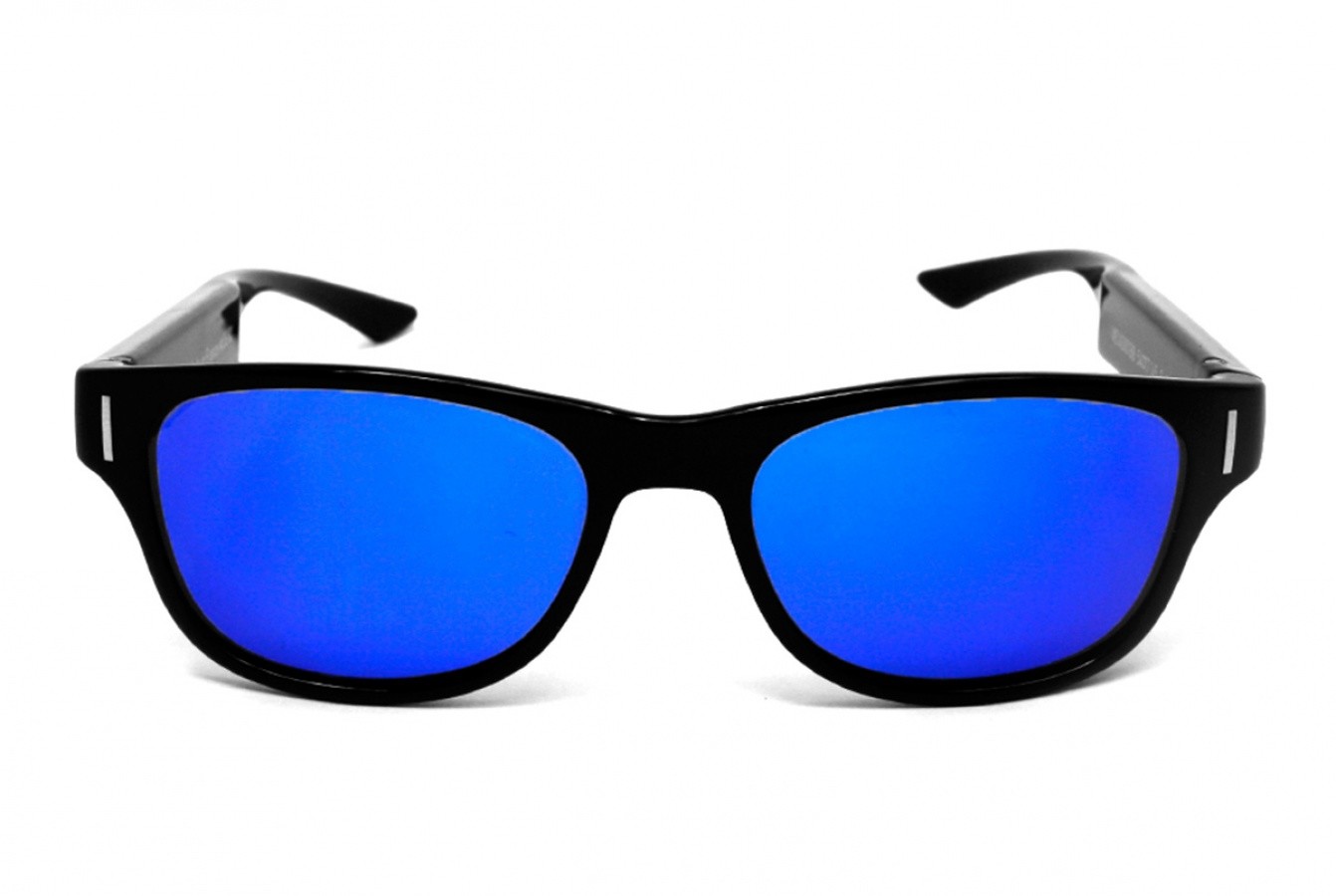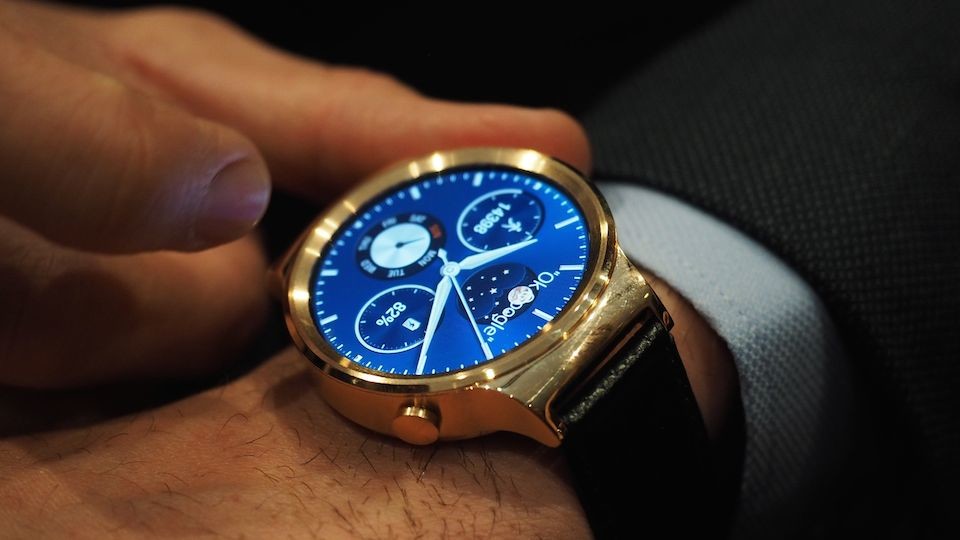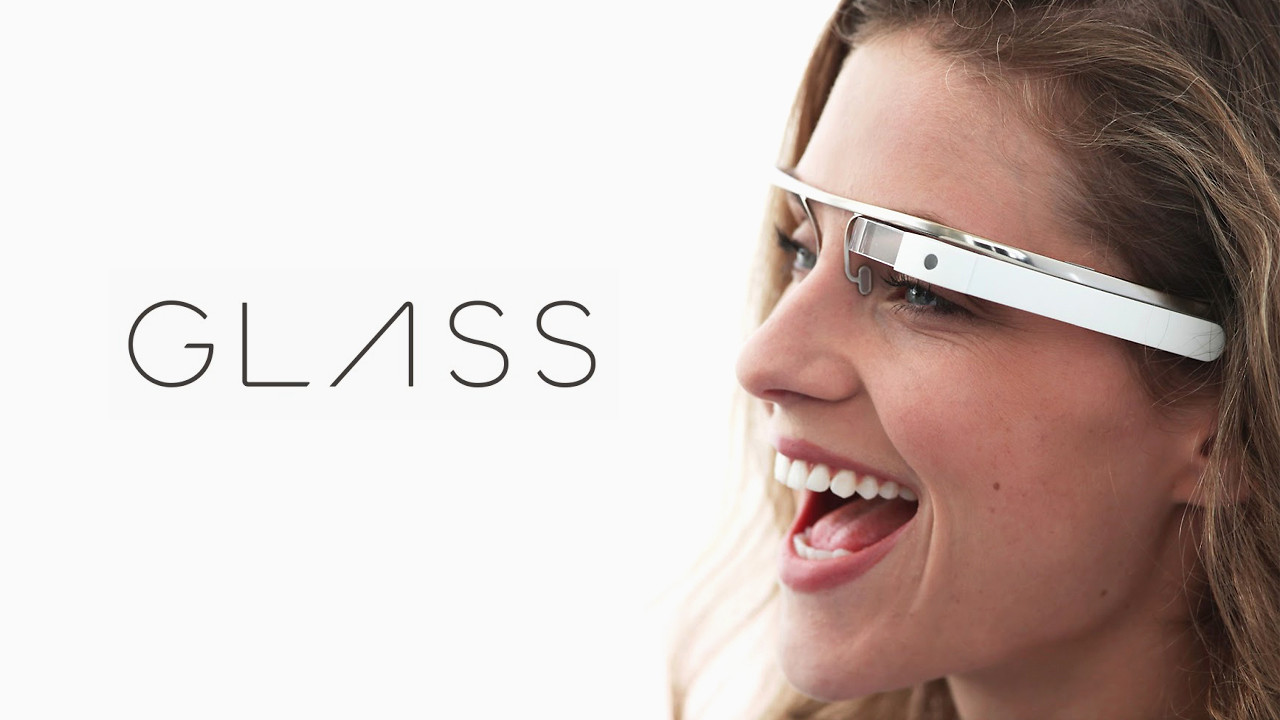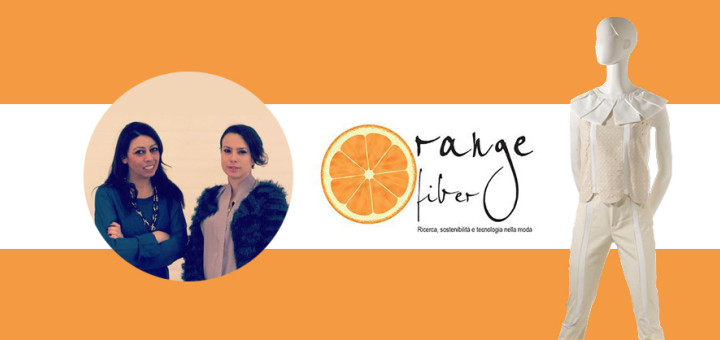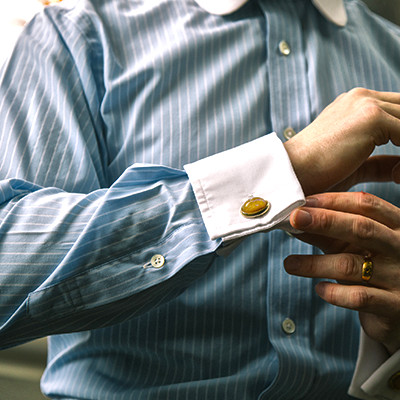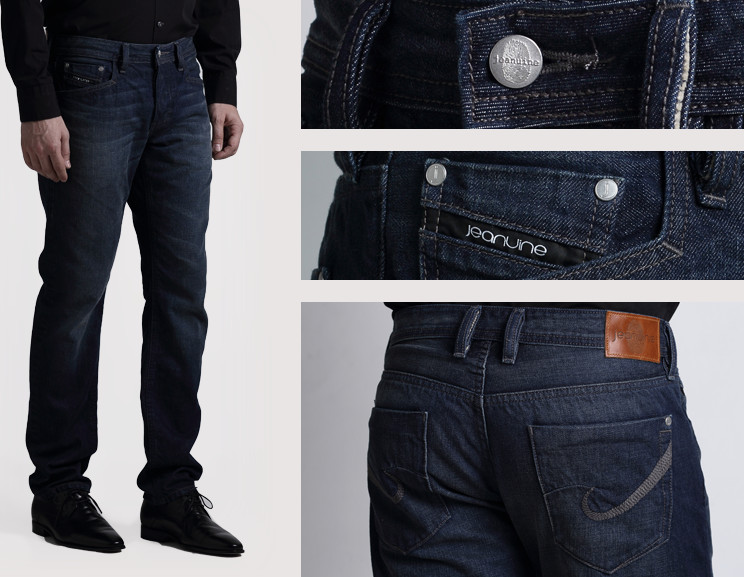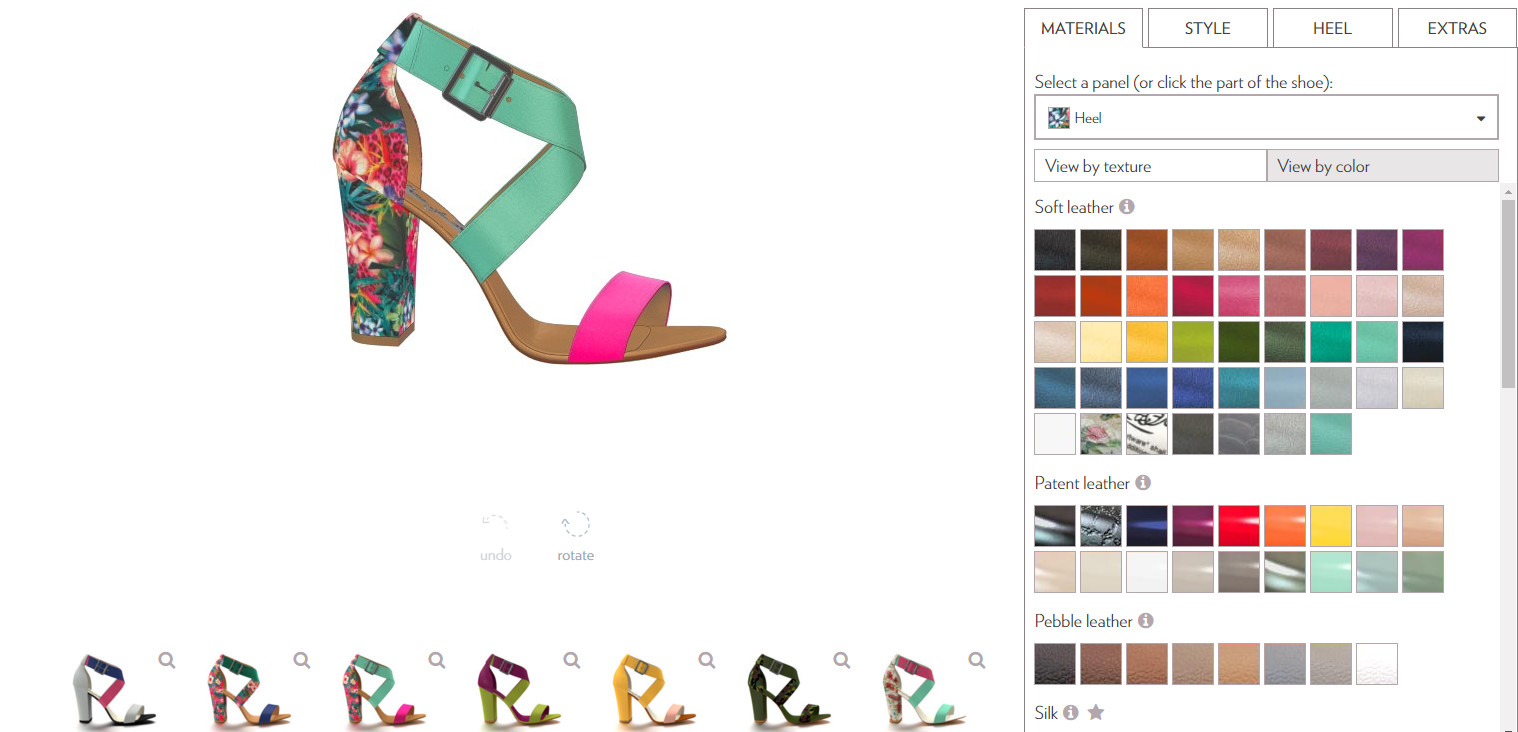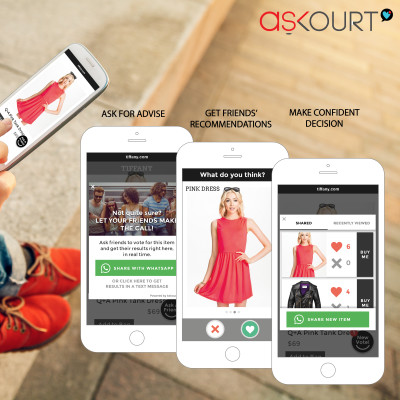How Is Technology Shaping Fashion – 5 Captivating Trends To Look For
Here is one by my colleagues, Marco Filocamo – Fashion Technology Accelerator. And it is still all good.
Check it out.
Fashion technology is a concept that puzzles many. It involves new ways of producing or selling apparel items through the help of technology.
Still not convinced?
The team of Fashion Technology Accelerator has gathered 5 technological trends to look for in fashion, shedding light on some examples of this unique mix:
———————————————————————————————
1. SMART TEXTILES
Digital components and electronics directly embedded into fabrics.
Changing-color sweaters, recharcing military jackets, temperature-regulating shirts.
These 3 are only some of the possible examples of this segment, which has already seen futuristic products that could be used even in the ordinary life.
One example is Scough, a scarf which shields the user from pollution while being a trendy high-quality accessory.
For a special night, the designer Ying Gao has created a dress which changes colour when a person looks at the person wearing it.
Technology is evolving fast and leveraging on e-ink technology could be the turning point in the adoption of such textiles, as inspired by Xshuu, which seamlessly allows the user to change the colour of her shoes or bags.
In this case, investments in new materials and combining efficiently different technologies are the challenges to be tackled in order to create new items which the bearer would not mind using in their ordinary life.
2. WEARABLE TECHNOLOGY
Clothes and accessories incorporating advanced electronic technologies.
This is one of the most debated evolutions in the fashion industry, which is still puzzled by the possibility of creating beautiful products with additional technical features. Is it worth the effort? Will customers appreciate it? What about the pricing?
An example is Misfit, a company that has created accessories which seamlessly blend style and technology. The device we see attached to the necklace can also be connected with a wristband, giving information about our sleeping patterns activity and notifications through a dedicated phone app.
Another company to be considered is Weon, a glasses manufacturer which is integrating technology in a classy eyewear to allow push notifications from the smartphone and more.
Hardware giants are also to be looked for: one example can be Huawei, which has created a smartwatch resembling Swiss companies’ products more than the Apple Watch.
The concept is all but new, tracing back to pioneers such as the IBM + Linux smartwatch from the early ’00. However, the device was seen as too bulky and with a technology that was too visible.
The failure to convince customers has been also a distinctive trait of Google Glasses, another example on the risk of having excessive visible technology on an ordinary item.
The challenge is creating products that are both functional and stylish, avoiding items that show too much technology on the outside.
3. SUSTAINABLE FASHION
Creating a product taking into account its environmental and social impact during its total life span.
The apparel industry has been considered reluctant concerning the use of new fabrics, which can have a smaller carbon footprint while presenting the same qualities as other widespread synthetic fibres. The tide has turned, as the commitment of both international stylists such as Stella McCartney and major retailers such as H&M with a dedicated conscious collection have shown that the interest of the public can also match the economics behind business operations.
One notable example of this transformation is Orange Fiber, winner of the Global Change Award of the H&M Conscious Foundation, which creates sustainable fabrics from citrus waste.
Another company to be highlighted is Freitag, which shows a full line of eco-friendly items from jackets to bags.
A different take on the matter is the one of Freedomofanimals, which offers a cruelty-free luxury bag line.
The challenge is which material should be adopted for production, considering existing structures and costs. Established brands are experimenting with countless fruit-related substances from banana stems to coconut husks, as well as other materials like bamboo and hemp which could replace cotton, deemed to be too water-intensive.
4. ONLINE CUSTOMIZATION
Create a personalized apparel item through a website or app.
One of the ongoing trends is the possibility to create a unique item online, with real-time renders and a fantastic user experience. Everything can now be personalized through a customizer, from Zippos to drinkware to office supplies. The real interest lies behind the creation of an apparel item through online resources, which provide endless customization options and high-quality.
Examples can be shirts, such as Deo Veritas (part of FTA portfolio),
jeans, such as Jeanuine,
and shoes, such as Shoesofprey.
Apart from basic options such as engraving, these tools let you choose fabrics and various details which are not present even in some physical stores.
The challenge is to find the sweet spot behind the number of possible customizations, which can discourage the user during the design process, and correctly presenting the options that the user is interested in, providing a top-notch user experience which must guide the customer in all the different development stages.
5. OMNICHANNEL
Multichannel approach to sales that seeks to provide the customer with a seamless shopping experience whether the customer is shopping online from a desktop or mobile device, by telephone or in a bricks and mortar store.
[Definition taken from here]
The consistency of the experience across different communication channels is seen as pivotal by established brands, being the first aspect to be considered when crafting a new website or a digital marketing campaign. With an increasing amount of sales related to e-commerce, this is becoming a growing concern, also given that customers are requiring more and more interaction opportunities with their favourite brand.
An example is an established brand such as Burberry, which allows customers to directly customize their trench coat online while providing a satisfactory shopping experience in their stores, enhanced through the use of electronic devices such as advanced smart mirrors.
Another company that is often quoted for its impressive omnichannel strategy is Oasis, a retailer that has equipped shopping assistants with iPads to give additional information about their products and order directly from the website, in case the product desired by the customer was not available in the store.
Online shopping is however different from shopping into brick and mortar stores, since it lacks social interaction. Among the companies providing a solution for this sore spot, Askourt (part of FTA portfolio) has created a plugin for e-commerce companies that helps the interaction between online surfers and friends, allowing prospective customers to directly ask their friends an opinion on a specific item through social media in real-time.
The digitalization has therefore posed new challenges to fashion brands, which must react fast and craft strategies that are consistent across different channels and devices to perfectly satisfy their customers.
———————————————————————————————
These are only 5 of the numerous trends that are shaping fashion technology. The scenario is changing fast and fashion brands, as well as retailers, are increasingly looking at new opportunities to increase their productivity and visibility. If you liked this article, other topics worth exploring could be proximity marketing, augmented reality, personal online stylist companies and fashion rental online platforms.
ABOUT THE AUTHOR:
Marco Filocamo – Fashion Technology Accelerator
We are a business accelerator for companies at the intersection between Fashion and Technology, being part of a global platform that counts on FTA Silicon Valley and FTA Seoul.
We select start-ups as an investor and accelerate their growth by providing strategic consultancy in exchange of an equity interest.
Our main goal is to help companies to increase their value through a significant increase of sales, thanks to a network with expertise in Fashion, Technology, Management and Investments.
We currently have 8 portfolio companies and we have recently opened our call for startups.
Would you like to know more?
www.ftaccelerator.it / www.ftaccelerator.com
https://www.linkedin.com/pulse/how-technology-shaping-fashion-5-captivating-trends-marco-filocamo/

